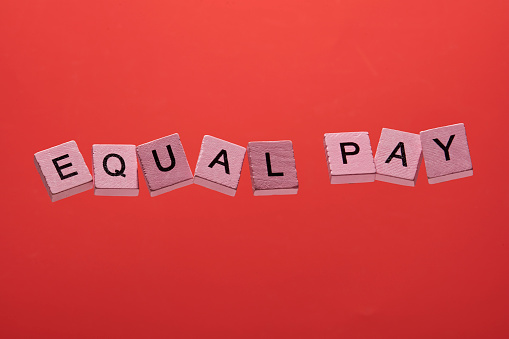
MAGIC Circle law firms Clifford Chance and Freshfields Bruckhaus Deringer have released their annual pay gap reports analysing firm data on gender, ethnicity, disability, sexual orientation, and socio-economic background.
MAGIC Circle law firms Clifford Chance and Freshfields Bruckhaus Deringer have released their annual pay gap reports analysing firm data on gender, ethnicity, disability, sexual orientation, and socio-economic background.
In terms of partners, the gender pay gap shrunk from 30 per cent in 2021 to 20 per cent in 2022. For employees, the mean gender pay gap is 16.6 per cent.
Moreover, Clifford Chance claimed that its ethnic pay gap decreased this year from 53.6 per cent to 45.6 per cent. Its disability and LGBTQ+ pay gaps were 26.2 per cent and 25.5 per cent, respectively, down from 34.4 per cent and 31.3 per cent from the previous year.
The socioeconomic pay gap is a mean gap of 46 per cent between professionals and lower socio-economic groups, 13.7 per cent between intermediate and professional groups, and 37.4 per cent between intermediate and professional groups.
The median overall gender pay gap rose to 14.8 per cent (12.5 per cent in 2021) and the mean overall gender pay disparity (including partners) for Freshfields increased to 53.2 per cent (from 52.1 per cent in 2021). The median gender pay disparity dropped to 0 per cent while the mean rose to 7.6 per cent for employees.
With a mean pay gap of 55.9 per cent (up from 50.5 per cent in 2021) and a median pay gap of 10.8 per cent (up from 7.3 per cent in 2021), the total ethnicity pay gap (including partners) widened in comparison to 2021. The pay gap is caused by a greater presence in more junior positions and the proportionately comparatively low number of partners who self-identify as belonging to an ethnic minority.
The mean ethnicity pay gap for workers rose to 6.3 per cent, while the median fell to 0.9 per cent. Only those people who freely choose to share their diversity information are the source of our ethnicity wage gap statistics. Over the past few years, the firm has worked to raise the response rate, which, for those covered by this study, rose once more this year to 95 per cent (from 91 per cent in 2021).
In addition to its five-year D&I commitments and targets, following actions will be taken by Freshfields to drive more change in the firm:
The company has been disclosing disability pay gaps for its partners and workers for three years, and the data for this group indicate a mean pay gap of 8.8 per cent, a substantial drop from 52.5 per cent the previous year, and a median pay gap of 0 per cent. The mean and median pay gaps for sexual orientation are shown to be 2.8 per cent and 9.6 per cent, respectively.
Claire Wills, London managing partner, commented: “We continue to focus on driving measurable change and ensure transparency as part of our diversity and inclusion commitments. I’m particularly pleased that we are including pay gap figures on socio-economic backgrounds this year, which is a key priority for the firm in our global strategy. Our UK colleagues have shown great engagement, and we have worked in partnership with clients and the broader community on multiple efforts, which we believe will help us eliminate pay gaps over the longer term.”
In 2017, Freshfields made its gender pay gap public. Since 2018, it has made its ethnicity pay gap public on a voluntary basis.
It has made socioeconomic pay gap data available for the first time by comparing the pay gaps between three occupational backgrounds of the parents: professional, intermediate, and lower socioeconomic.